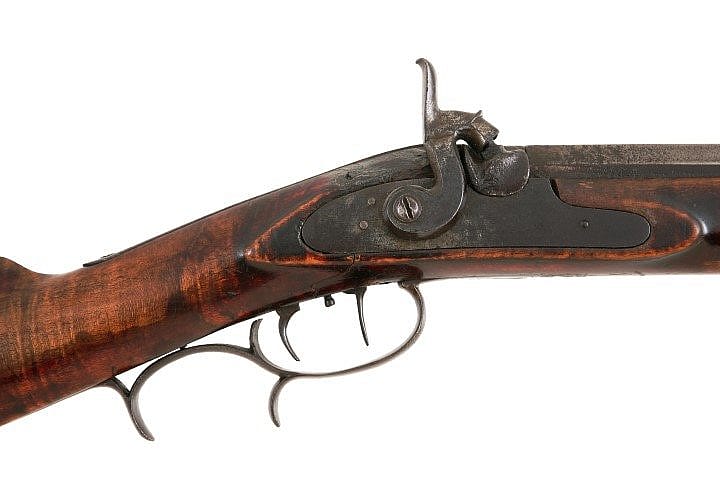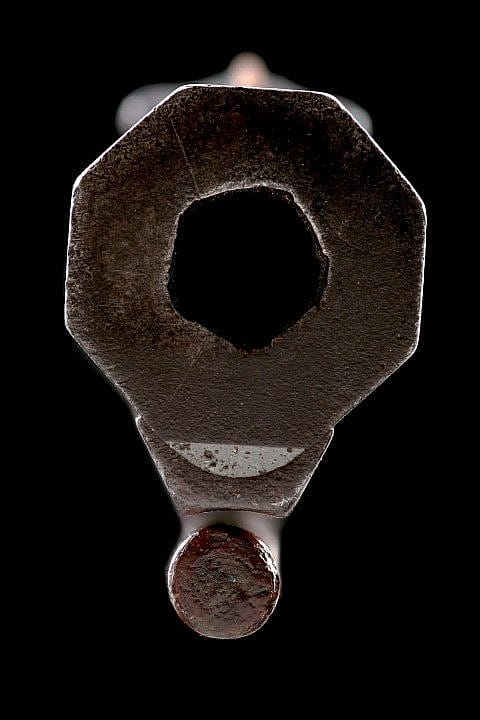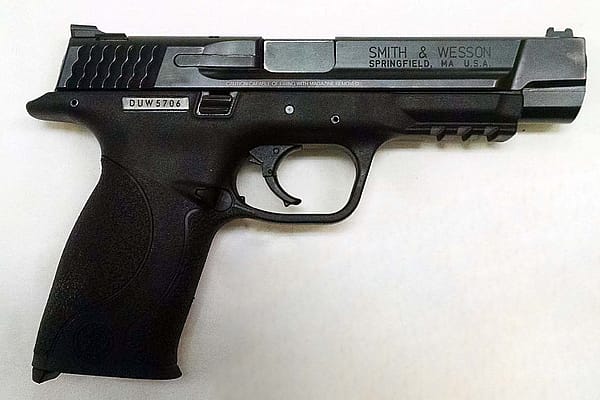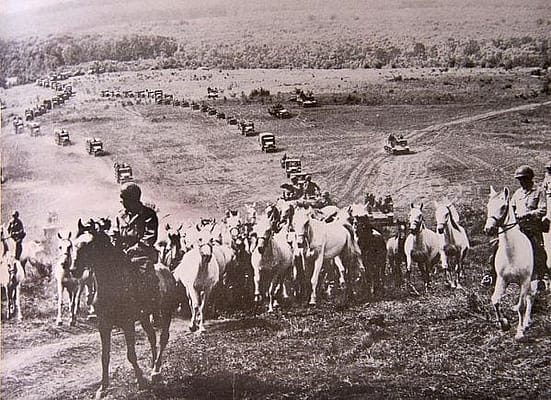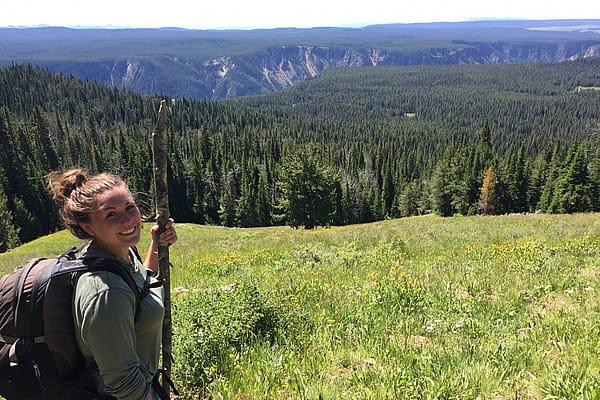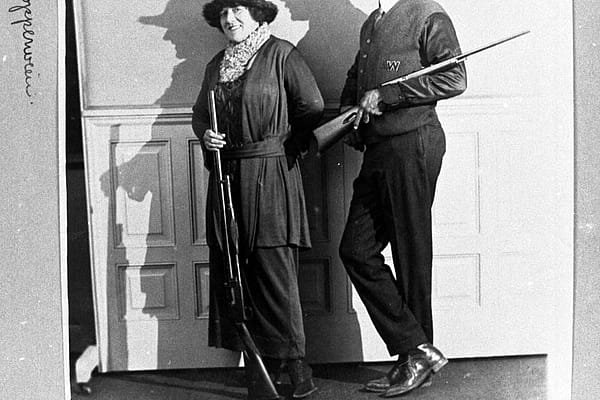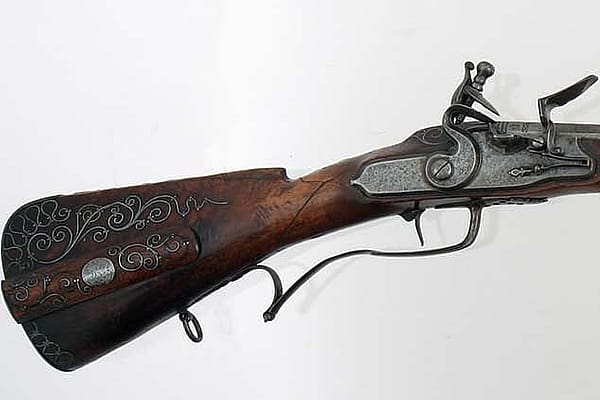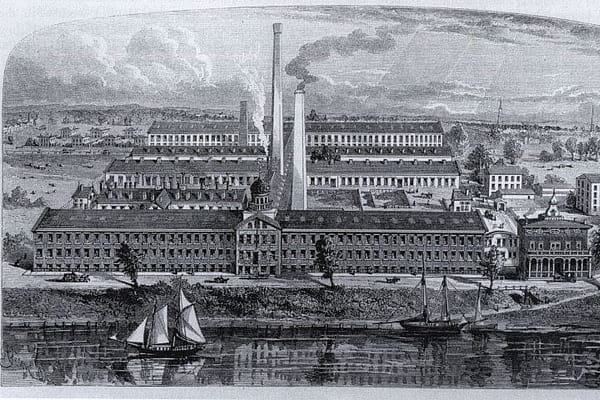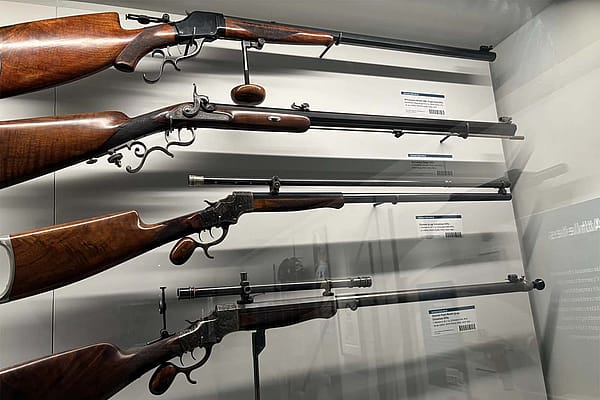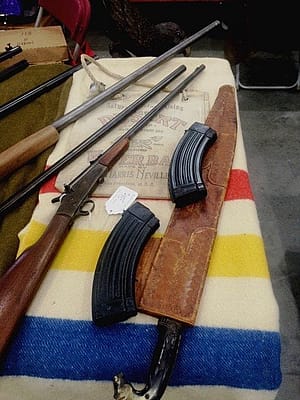
Hawken Rifle Rundown
The Hawken Rifles were given many names during their popularity. Today, we hear nicknames like the “buffalo gun,” the “plains rifle,” or the “Rocky Mountain Rifle.” Near the rise of the Rocky Mountain fur trade, Jacob Hawken moved to St. Louis and opened a gun shop where commerce was high. Later, he was joined by his brother Samuel Hawken. They understood the need for powerful and reliable guns at that time. The Hawken rifles were not mass produced but hand made at their shop which was open under their name from 1815 to 1858. The shop also ran under John Phillip Gemmer after he purchased it in 1864 but he later retired in 1915.

This specific John Phillip Gemmer .38 Caliber Hawken Rifle is a muzzle-loading, percussion rifle. Meaning a percussion cap would be put on the cone and the ball would be rammed down the end of the barrel using the ramrod. It has a five-groove bore with an octagon barrel and a double-set trigger. Double-set triggers work like a double action revolver. When you pull the back trigger, the main trigger will release very easily, similar to pulling back the hammer on a double action revolver. In this case, if the back trigger is pulled the front trigger is refereed to as a hair trigger. However, it is not necessary to pull the set trigger first but the mechanism can increase the accuracy of the shot because it relieves the pressure from the one trigger pull. This mechanism would also lower the chances of misfiring.
A mountain man had to rely on his firearm for protection on the frontier and to earn his wages, depending on his job. Therefore, the rifles these men used were reliable, easy to repair, and powerful. Larger caliber Hawken rifles would have been used to take down large animals at long range, such as deer, elk and buffalo. Note this .38 is a smaller caliber than the average .54 caliber that was produced. Since they were not mass produced, they were more expensive rifles. Aside from that, the Hawken rifle was an effective rifle for those on the frontier.
Written By
Rebecca Hoback
Rebecca Hoback is from Nashville, Tennessee. She is a graduate from the University of Tennessee at Chattanooga, where she earned a bachelor’s degree in History. In 2016, she served as a Cody Firearms Museum Intern as well as a Firearms Records Intern. Her interest is in Civil War history and the history of the American West. She went on to study for her master’s degree in History with a concentration in Public History, and pursue a career as a curator.
